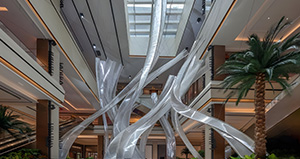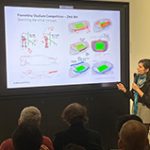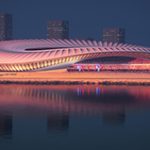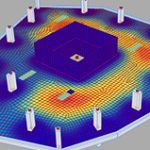Grasshopper UK User Group Meeting | June 2025

Simply Rhino were at Arup, London, for the Grasshopper UK User Group Meeting on the 18th of June 2025.
Presentations were from Arup, Oasys and Hawkins\Brown.
Arup, London, kindly hosting June’s Grasshopper Meeting. Following a welcome from the Grasshopper UK Meeting organisers at Simply Rhino we enjoyed 3 presentations, first up were our hosts, Arup, followed by a case-study introduction to Oasys, and then closing the presentations our invited guests from Hawkins\Brown.
Alongside the main presentations there were opportunities for conversations and networking with drinks served from 18:00.
This meeting was free to attend but booking was essential. Booking closed at 12:00 on the 16th of June.
- Meeting Date: Wednesday 18th June 2025
- Time: 18:00-20:30
- Location: Market Square Space, Arup, 80 Charlotte Street, London, W1T 4QS
Presentation outlines:
Meeting Introduction
Meeting welcome with Paul Cowell from the Grasshopper UK Meeting organisers, Simply Rhino.

Presentation 1 | Vincenzo Reale – Arup
The largest glass sculpture in the world: Mangrove, Manila

Vincenzo Reale from Arup will showcase the innovative Mangrove glass sculpture project—an inspiring collaboration with Nikolas Weinstein Studios that combines advanced scripting, physical testing, and seismic analysis to create one of the world’s largest glass sculptures. Discover how a carefully tailored mix of tools and close interdisciplinary collaboration transformed this visionary concept into reality.
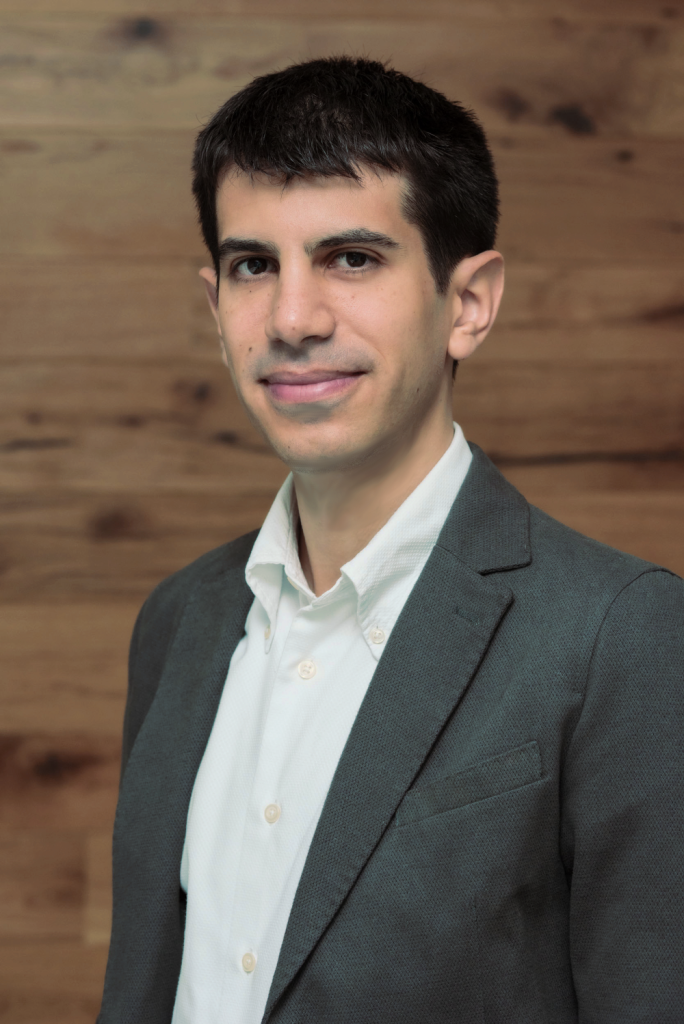
Vincenzo Reale – Vincenzo is a chartered structural engineer (ICE) and architect (ARB). He holds a master’s degree with distinction in Structural Engineering and Architecture from the University of Bologna and a Master of Science from the Architectural Association in London. During the last ten years he has worked with several contemporary architectural and design practices, including Zaha Hadid Architects and Antony Gormley Studio.
He joined Arup London in 2013. Here, as part of a multi-disciplinary team, he has gained experience in a wide range of projects with internationally awarded architects and since 2018 he works in the Arup’s Specialist Technology + Research team with a focus on special structures, timber and seismic engineering.
Concurrently with his professional work he has held several academic positions such as lecturer at the Architectural Association, unit master at AA Visiting School Jordan, and teacher of several parametric courses for engineers at the Arup University, the Imperial College London and the Bartlett School of Architecture.
His works and collaborations have been exhibited worldwide, notably at the Venice Biennale of Architecture, Royal Academy of Arts, White Cube and Design Museum in London.

Presentation 2 | Miguel Martinez and Stamatios Psarras – Arup
Total Design through Oasys GSA to align architectural and structural aspirations – The case of 176-178 York Way
The presentation will introduce Oasys GSA Suite, which provides simple and advanced structure analysis of any structure, fully integrated with Revit, Grasshopper, LS-DYNA, OpenSees and IDEAStatiCa.
As engineers and architects continue to push boundaries with new creations, GSA offers a quick, accurate, and affordable solution for even the most advanced project. GSA has supported a wide range of projects worldwide, including the Swiss Re (London), CCTV Headquarters (Beijing) and Las Vegas High Roller, and has global recognition as one of the most complete packages for structural engineers. GSA’s easy-to-use interface and customer support mean you’ll be creating and sculpting models in no time. A spreadsheet-friendly file format and smooth interaction with other tools make this software the perfect choice. GSA is BIM (Building Information Modelling) compatible, and also designed to connect with a range of other leading software packages, including Autodesk Revit. GSA Suite is our most comprehensive structural package, offering all of the GSA variant features, intuitive nonlinear analysis, along with form finding and fabric analysis tools for tensile and gridshell structures.
Showcasing 176-178 York Way as a case study of its implementation, maximise the use of a historic brownfield site by identifying key site constraints, and by adopting novel computational methods, incorporate the constraints as design features and overcome the most ambitious client and design team aspirations.
As a highlight of this session, we will present a compelling case study: the redevelopment of 176–178 York Way, a historic brownfield site. This project showcases the strategic use of GSA to navigate site constraints and transform them into key design features. Through innovative computational methods and close collaboration between the client and design teams, the project not only maximized the site’s potential but also exceeded the most ambitious expectations.
Don’t miss this opportunity to discover how the Oasys GSA Suite can elevate your structural design practice.
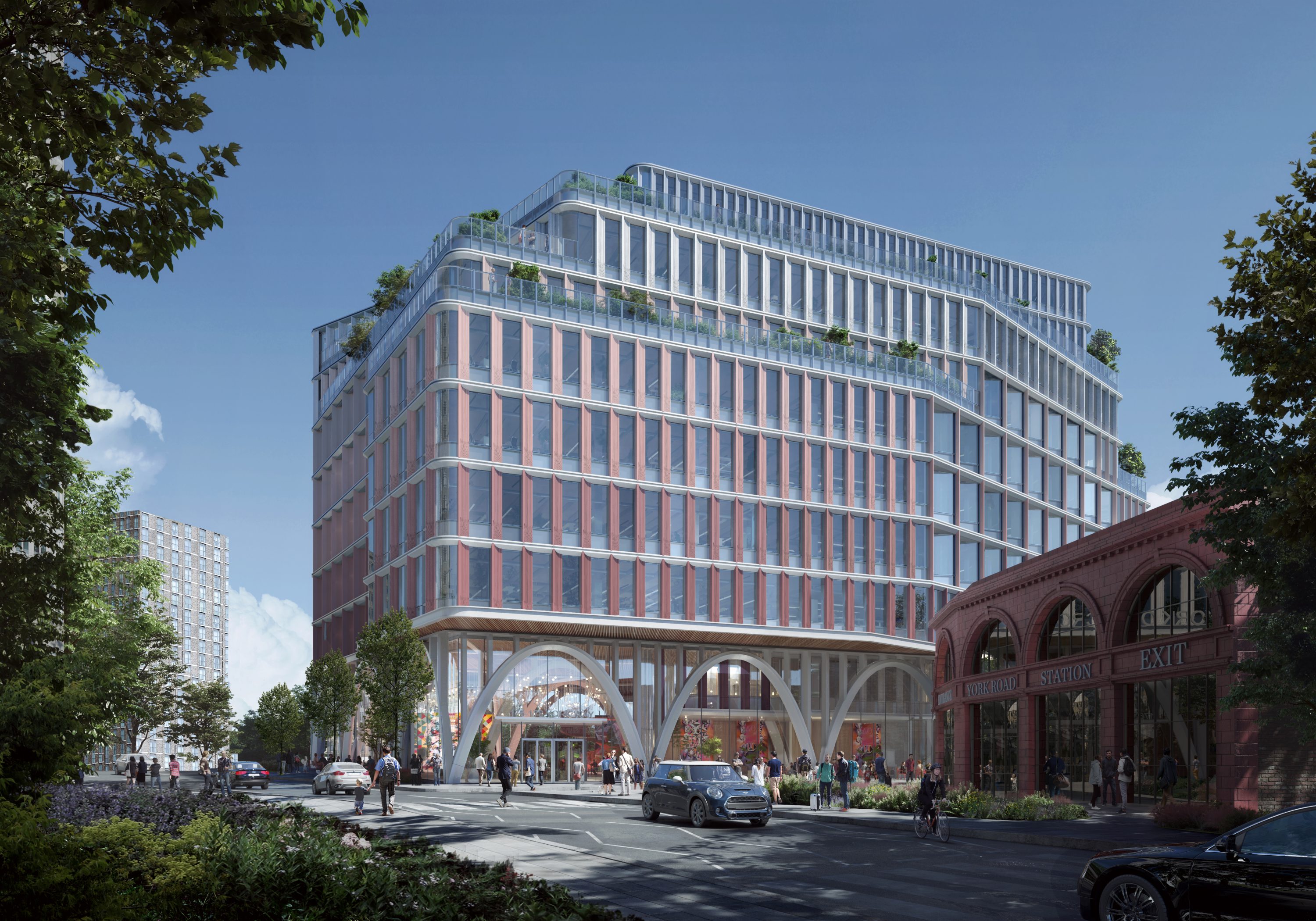
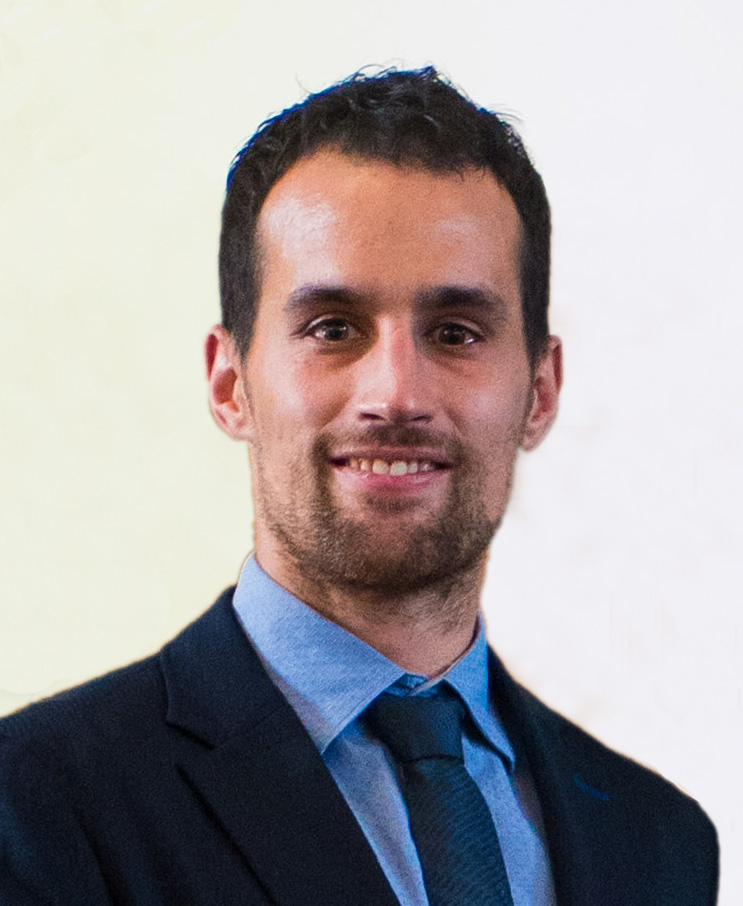
Miguel Martinez is a Principal Structural Engineer with a proven track record of successfully leading and delivering challenging projects to the highest standards. He combines high technical engineering knowledge with his architectural training, as an ARB-registered architect, to achieve the best outcomes for projects when working in multidisciplinary teams. He has specialist knowledge on tall buildings design and construction and design under seismic and extreme conditions.
He has received numerous awards during his career, including the 2020 IStructE Young Structural Engineering Professional Award.
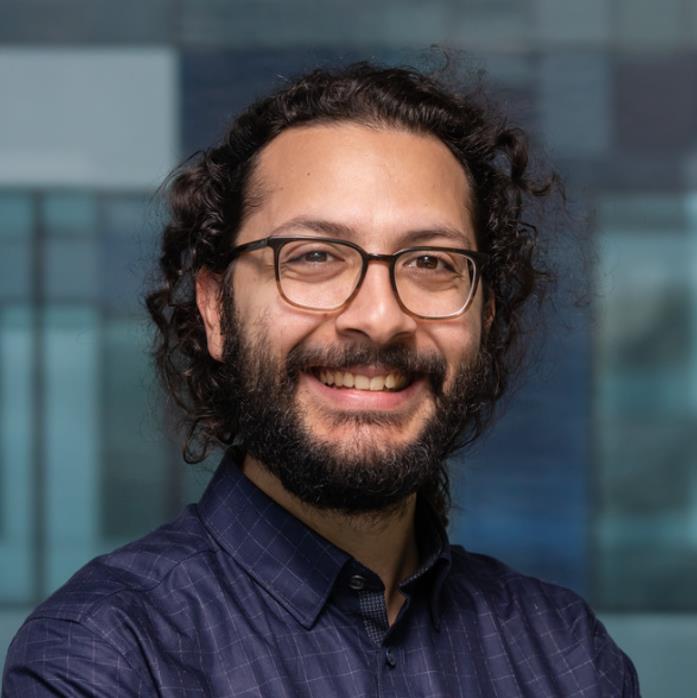
Stamatios Psarras is an architect working as a software engineer with over 10 years’ experience. At Arup, he leads digital discipline efforts in London and serves as the lead developer for the Oasys Grasshopper tools, driving innovation in structural and environmental design workflows.
He also teaches programming at UCL and is pursuing a PhD focused on how spatial perception and visual saliency influence navigation and the understanding of the built environment.

Presentation 3 | Elise Colley and Lizzie Terry – Hawkins\Brown
Behind the Bricks: The CDW Arches
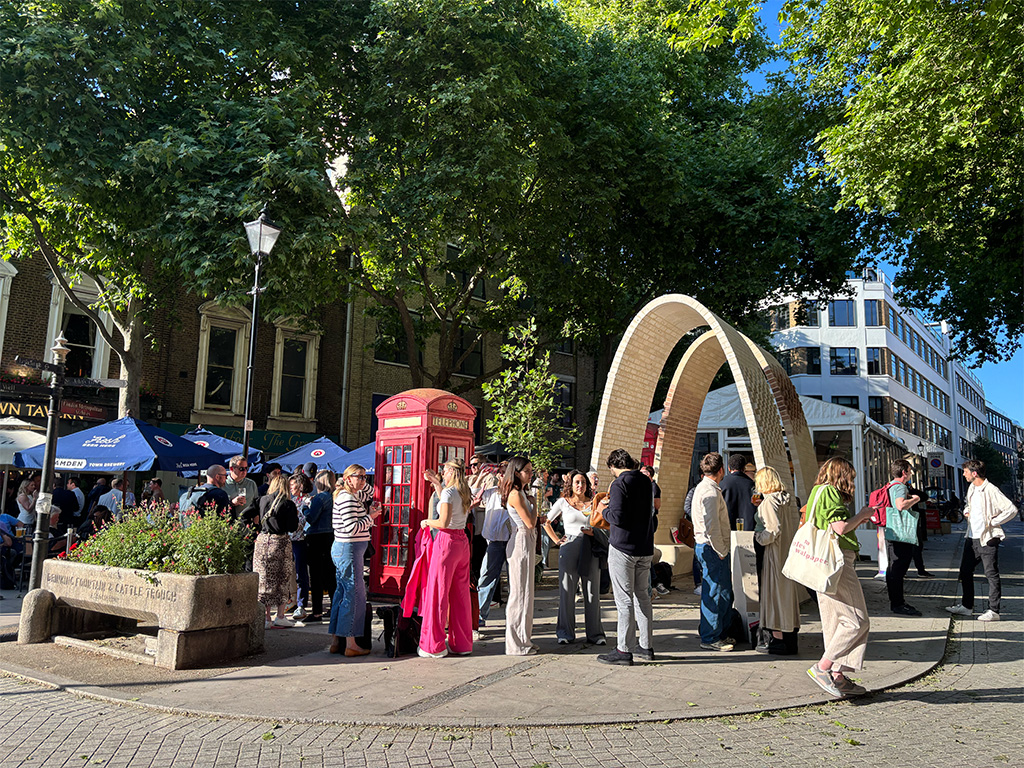
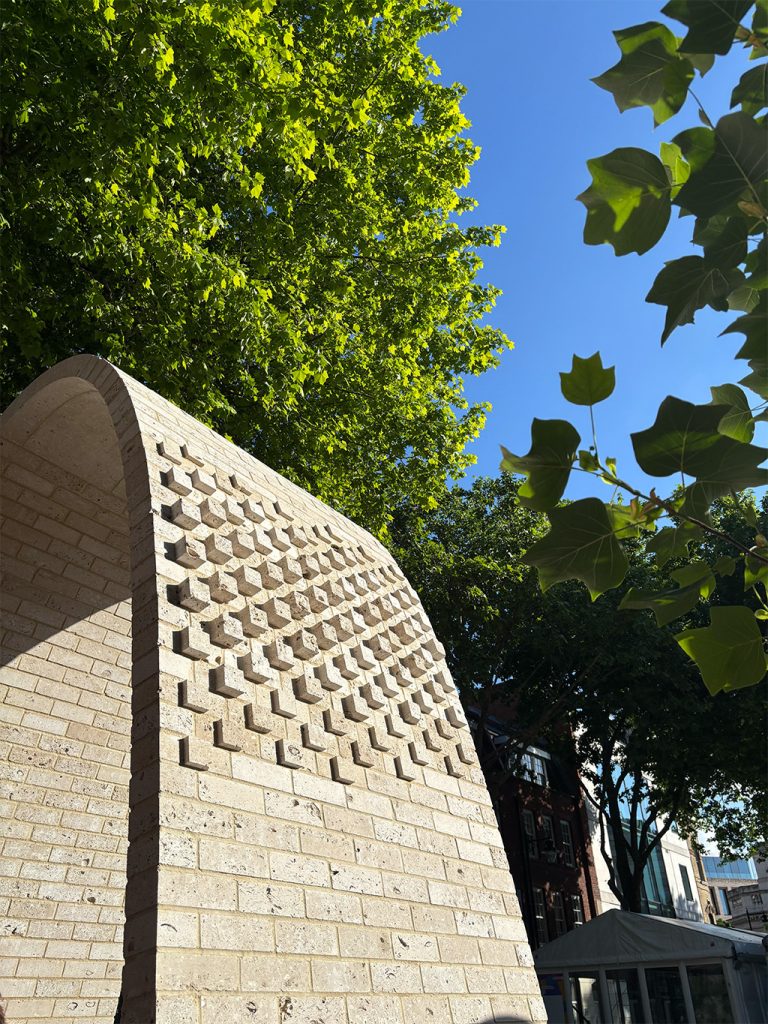
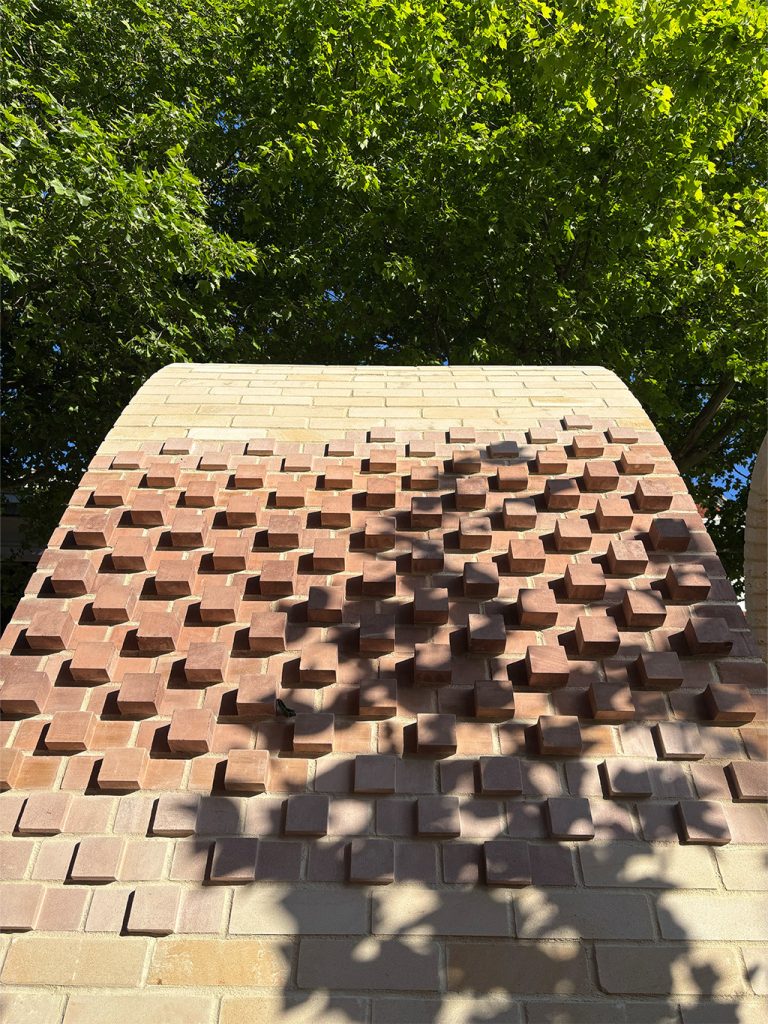
‘Behind the Bricks’ explores the design and fabrication of two sculptural stone arches built for Clerkenwell Design Week, using a fully parametric workflow developed with Grasshopper, Rhino, Human UI, and Rhino.Inside.Revit. This custom design engine responded dynamically to 2D and 3D geometry updates, allowing rapid design iterations while maintaining a continuously live set of construction drawings. The project represents a typology of end-to-end computation, one that could be replicated on future projects and design processes.
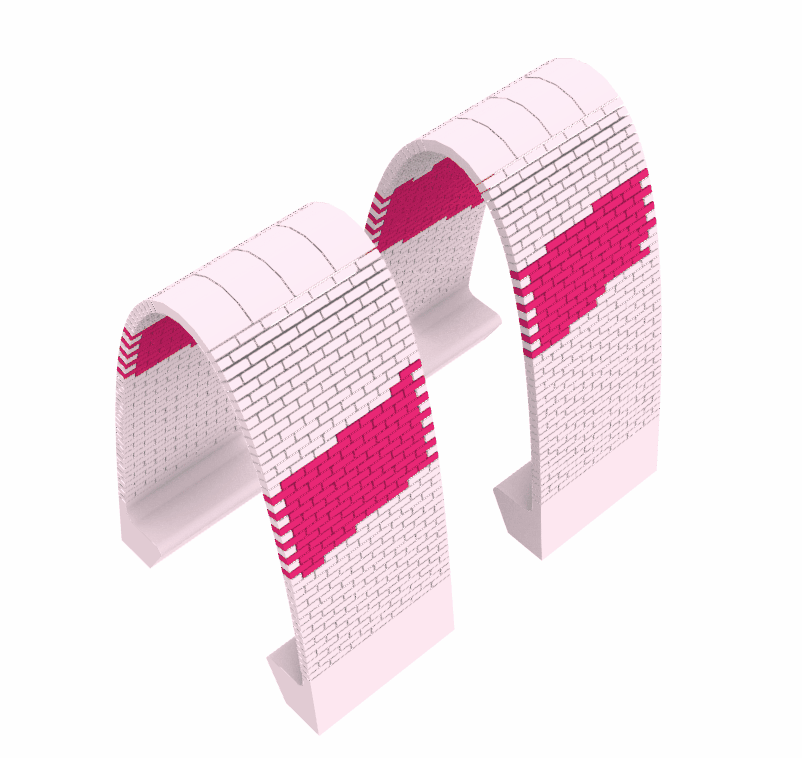

Elise Colley and Lizzie Terry – Elise and Lizzie began developing their computational design skills during their postgraduate studies in Architecture.
Now qualified architects at Hawkins\Brown, they are active members of the practice’s Digital Design Network, participating in Hackathons, problem solving challenges and automation opportunities.
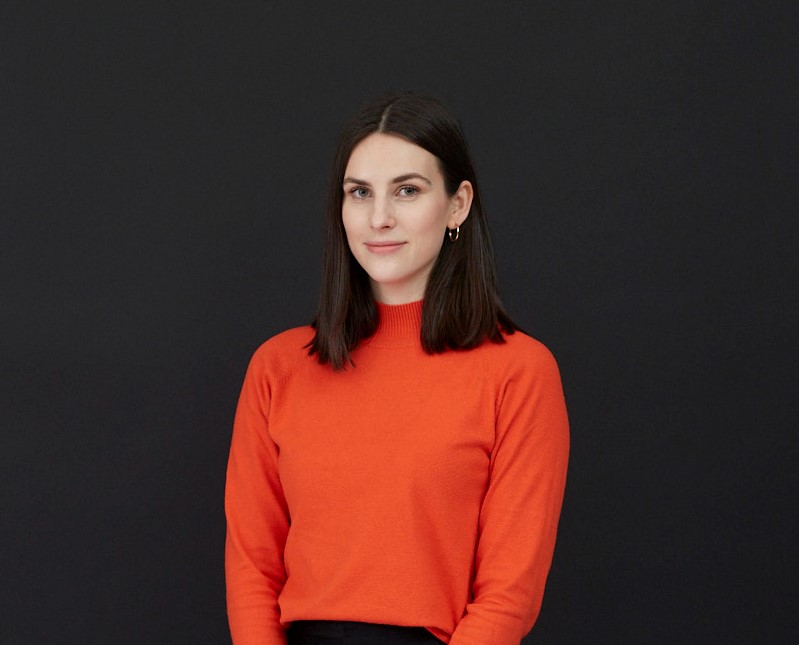
They continuously seek ways to integrate computational methods throughout the architectural design process and across projects of varying type and scale.
LinkedIn: Elise Colley & Lizzie Terry

The Grasshopper UK User Group Meetings are Organised by Simply Rhino
Have you read our detailed report from February’s meeting at Zaha Hadid Architects?

